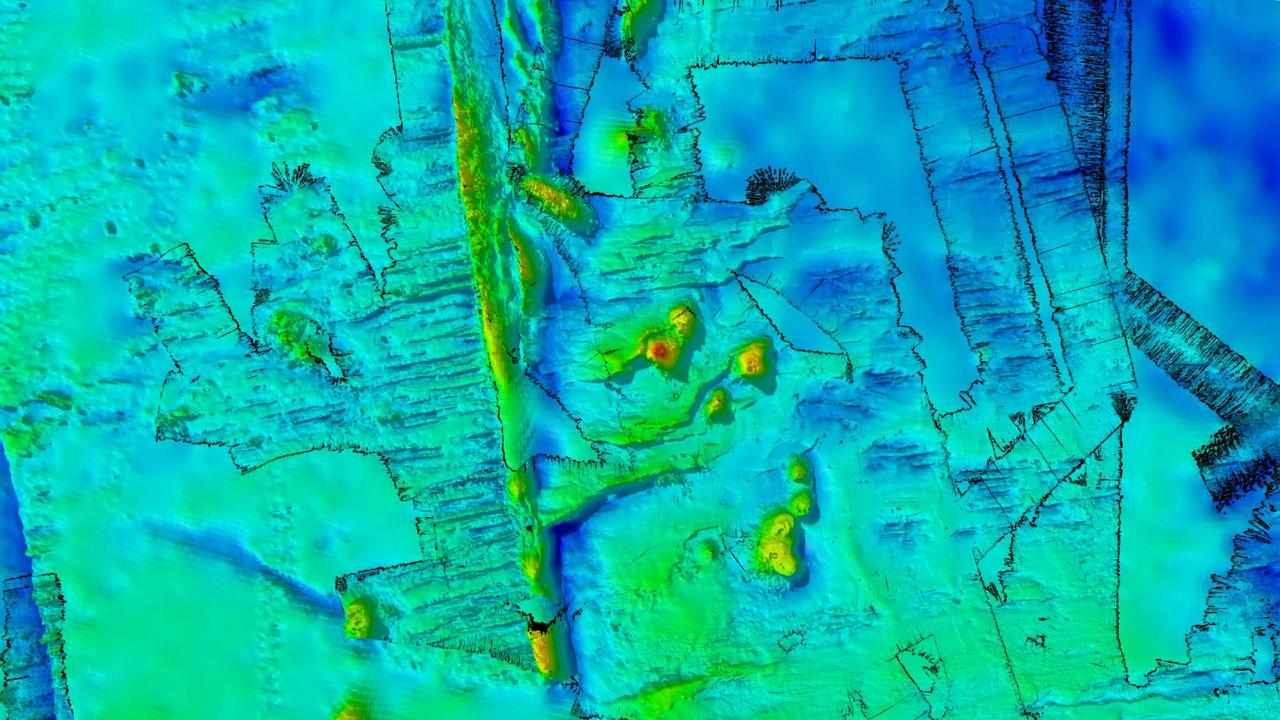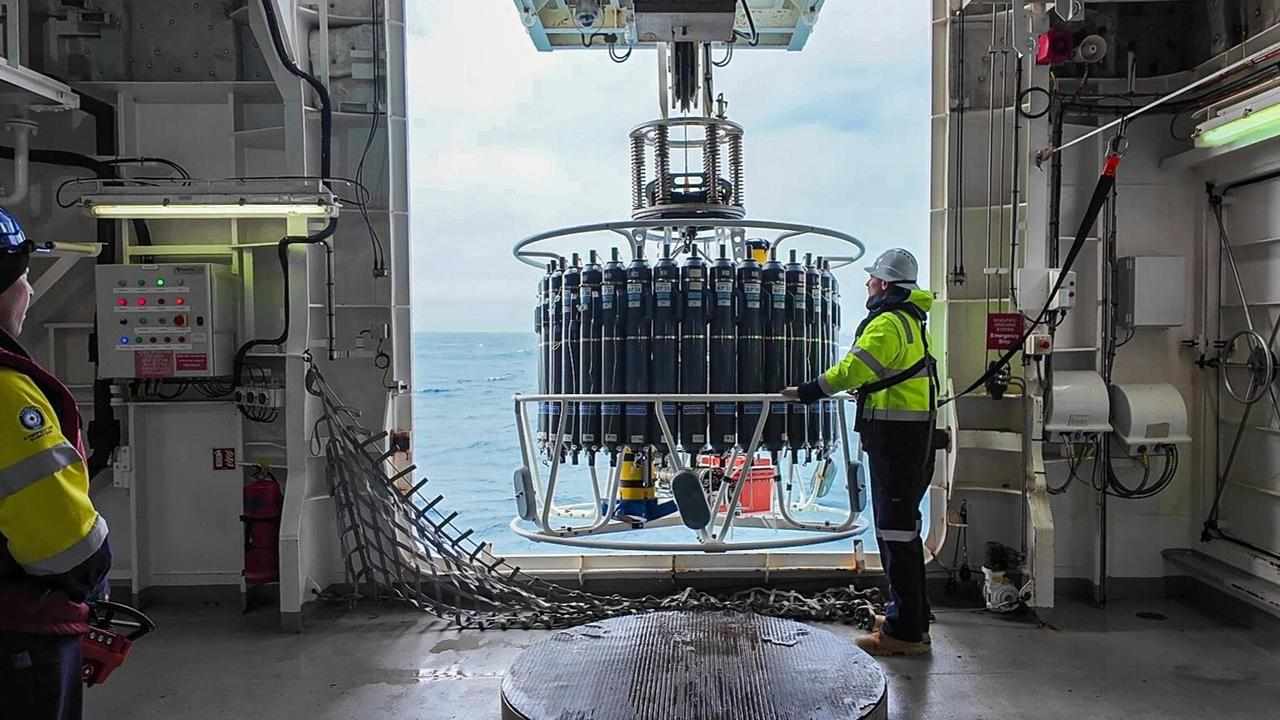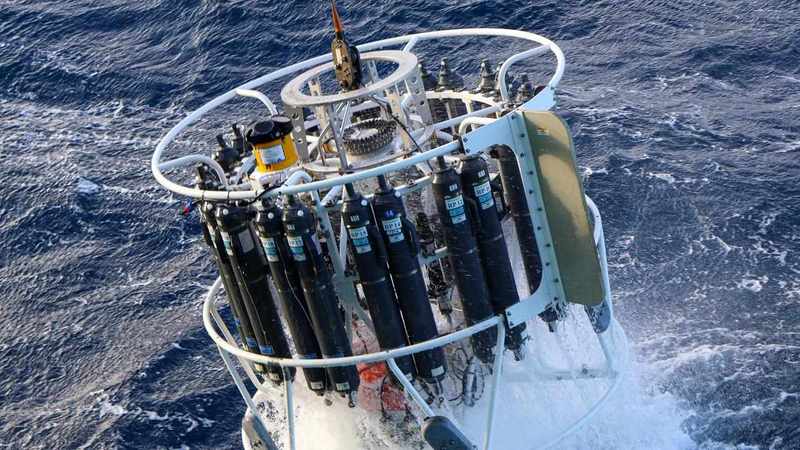Long-dormant volcanoes in the Southern Ocean have been mapped for the first time in what is hoped can shed further light on a crucial current encircling Antarctica.
Scientists aboard CSIRO research vessel Investigator have spent five weeks collecting data from a 20,000sq km area halfway between Tasmania and the frozen continent.
The region is considered a gateway in the Antarctic Circumpolar Current, which acts as a barrier from warmer northern waters.

Scientists want to understand how naturally occurring "leaks" in the current contribute to melting ice shelves and impact sea-level rises.
CSIRO geophysicist Chris Yule said the majority of the area, which reaches depths of 4km, hadn't previously been mapped.
"What we found was this chain of remnant volcanoes," he said.
"Four of them are new discoveries and we filled in details on two seamounts and a fault line ridge partially mapped on a previous voyage.
"We now know the ridge, just west of the survey area, drops into a valley over a 1600-metre-high cliff."
Dr Yule said it was likely the volcanoes were active 10-20 million years ago.
Voyage co-chief scientist Helen Phillips said information about seafloor shape was vitally important in understanding ocean dynamics and how the circumpolar current operates.
"It all ties in really closely together," Dr Phillips said.
"Without knowing the fine-scale structure of the seafloor, we can’t really interpret those deep currents as well as we need to."

Antarctica this year likely set a record for the lowest annual amount of sea ice around the continent, breaking the previous mark by a million square kilometres.
Dr Phillips said the goal was to provide better data to policy makers about sea level rises due to warming.
"One of the biggest uncertainties ... is how rapidly the Antarctic ice shelves will melt and how rapidly the glaciers behind them will flow out to sea," she said.
"If we can more accurately understand how the heat is moving in the ocean, we can start to narrow down the uncertainty around the rate of sea level rise."
Scientists obtained information about Southern Ocean salinity, dissolved oxygen levels, bacteria and dissolved inorganic carbon and phytoplankton levels.
A giant mooring the height of 11 Eiffel Towers has been anchored in the middle of the survey area to measure water data for the next 18 months.
Data from the trip will be calibrated in coming months before being analysed principally in Australia, the US and France.









